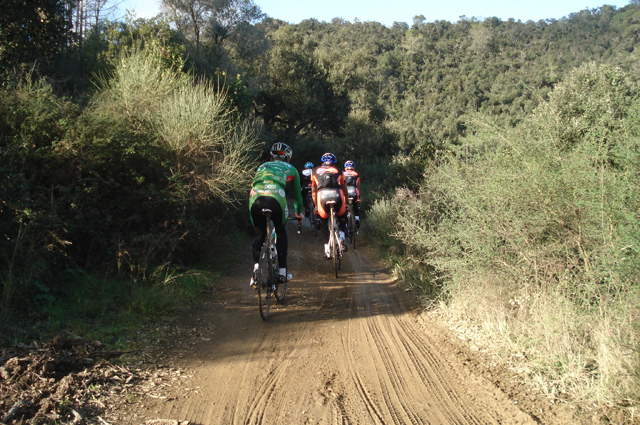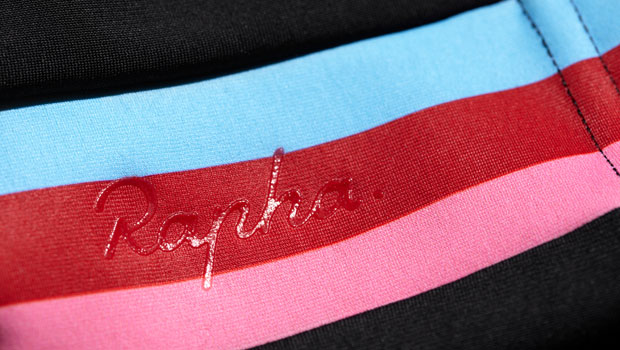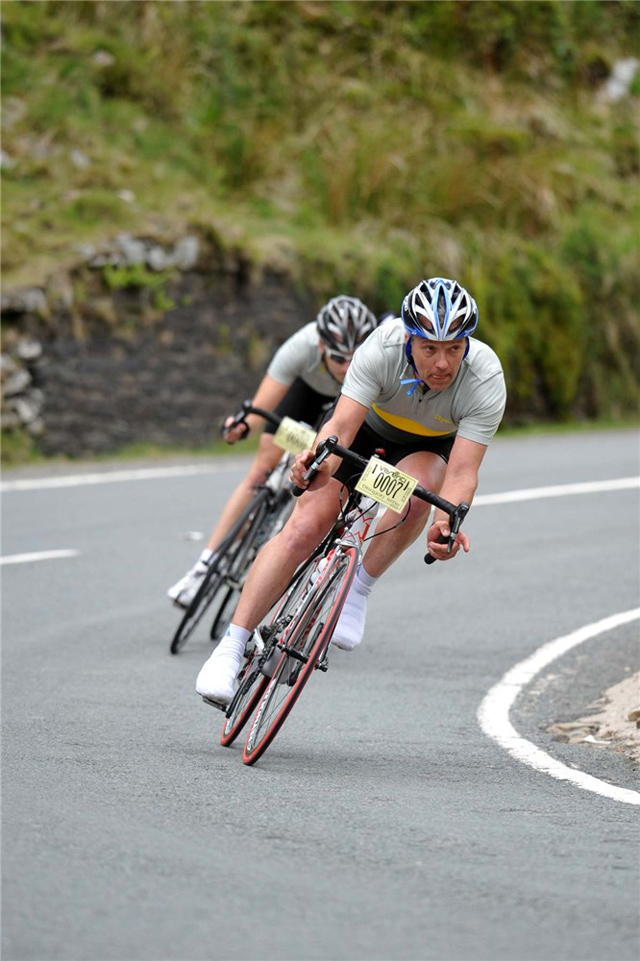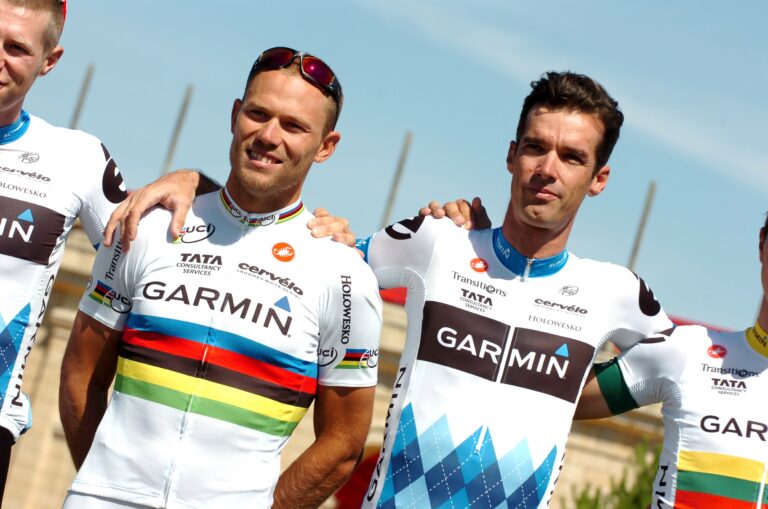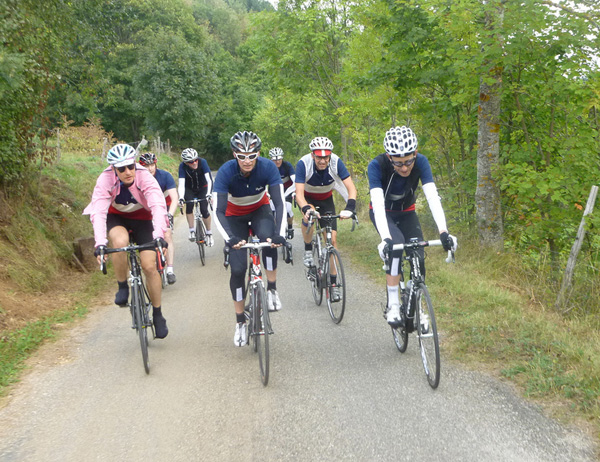
If you’ve been following this series and are preparing to take part in your first 100 mile sportive, you’ll already have your first 8-weeks preparation in the tank. The outline of what your final 4-weeks of preparation might look like is presented below. In this phase of the training you’re simply increasing the distance of your longest ride to something close to event distance as well as adding in some of the shorter, harder interval work we discussed last week that should enable you to sit comfortably with other, more experienced riders or groups of riders.
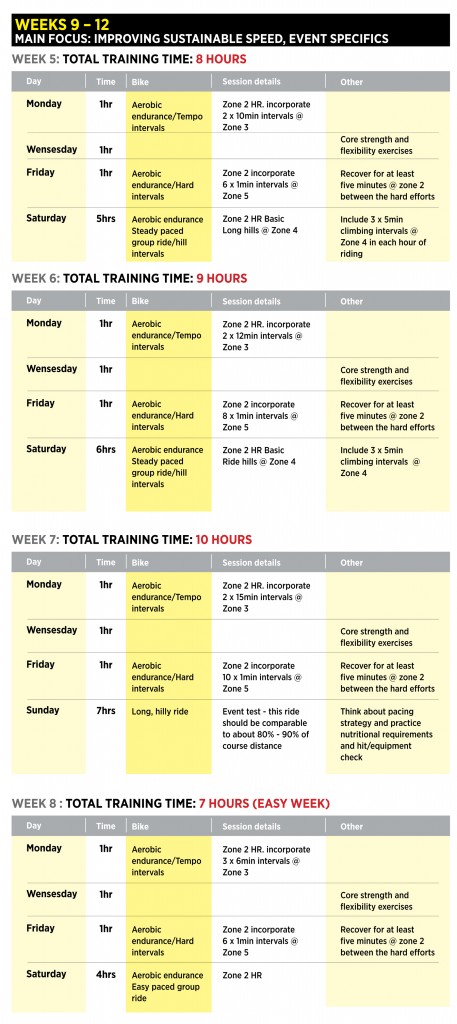
The mistake a lot of riders make in the few weeks running up to the event is to cram as many miles into their week as possible in the belief that the high volume will prepare them for the extended duration on the day. Try to avoid this, as the greater likelihood is that you’ll arrive at the event more fatigued than usual due to the unfamiliar high work load in the preceding weeks and will then find it hard to ride to your potential. Don’t panic! If you’ve stuck to your plan, you’ll have had a workload which builds week on week and the event itself is a natural progression of the training you’ve been doing, so provided you stick to your pacing guidelines you should be fine.
A better way to utilize the ride-time leading up to the event is to have as thorough a shake-down of your equipment and kit as is possible. Get your bike and equipment fully serviced and up to scratch and use your training rides prior to the event to wear and carry exactly the kit and equipment you’ll be using on the day. Remember that the less you carry, the less you’ll have to carry uphill, and over extended distances like sportives, this can have quite an impact. Also remember that the more you carry, whether it’s in your pockets or a saddle pack, the longer it can take to find what you want when you need to, so practice self sufficiency on a minimum of kit.
Start with an inventory of the basics that you need to safely complete the event and then cut back on any non essential items. Do you really need that many spare tubes? Could you replace that heavy old reliable pump with a lightweight mini? Are there any rack-mounts, light-brackets etc on the bike that can be removed. When did you last change the tyres? Basically you’re trying to maximize the chances of finishing well on the day and removing as many unknowns as possible by identifying potential problems in advance. If you’re not sure about what to wear and carry, use these pre-event training rides to trial-run your strategy.
Basic kit considerations should include a sufficient number of clothing layers to match the projected weather forecasts and this includes waterproofs. Try to pack clothing items which are as lightweight and foldable as possible. For basic mechanics you should have your bike in pretty much top condition prior to the event but you can’t rule out problems like punctures and on rare occasions, snapped chains, so carry the required tools and spares to cover these possibilities. A simple multi tool with chain breaker and tyre levers plus a few spare tubes and mini pump will cover most problems.
The food and drink you carry will be determined partly by what you discover about nutrition on your training rides but also by the number and location of feed stations on the ride plus your ride strategy. We’ll have a look at this in more detail in the next installment but be aware that formulating an idea of what you need to carry is one thing, physically fitting it all in to your pockets and onto a bike is quite another, so practice it in advance.
Next week we’ll look at a strategy for the event itself and how you can perform to your best on the day.
Discuss this week’s training guide in this forum thread
Part 1: Going for Centuries
Part 2: Breaking down the barriers
Part 3: Goal setting
Part 4: Intensity
Part 5: Get in the Zone
Part 6: Performance Testing
Part 7: Creating a training plan
Part 8: Weekly training plans
Part 9: Be a better climber
Part 10: Improve your pedalling
Part 11: Become a better descender
Part 12: More descending skills
Part 13: Upping the pace
Part 14: Pacing and staying in a fast group
Part 15: Playing to your strengths
About the author:
Huw Williams is a British Cycling Level 3 road and time trial coach. He has raced on and off road all over the world and completed all the major European sportives. He has written training and fitness articles for a wide number of UK and international cycling publications and websites and as head of La Fuga Performance, coaches a number of riders from enthusiastic novices to national standard racers.
Contact: [email protected]

